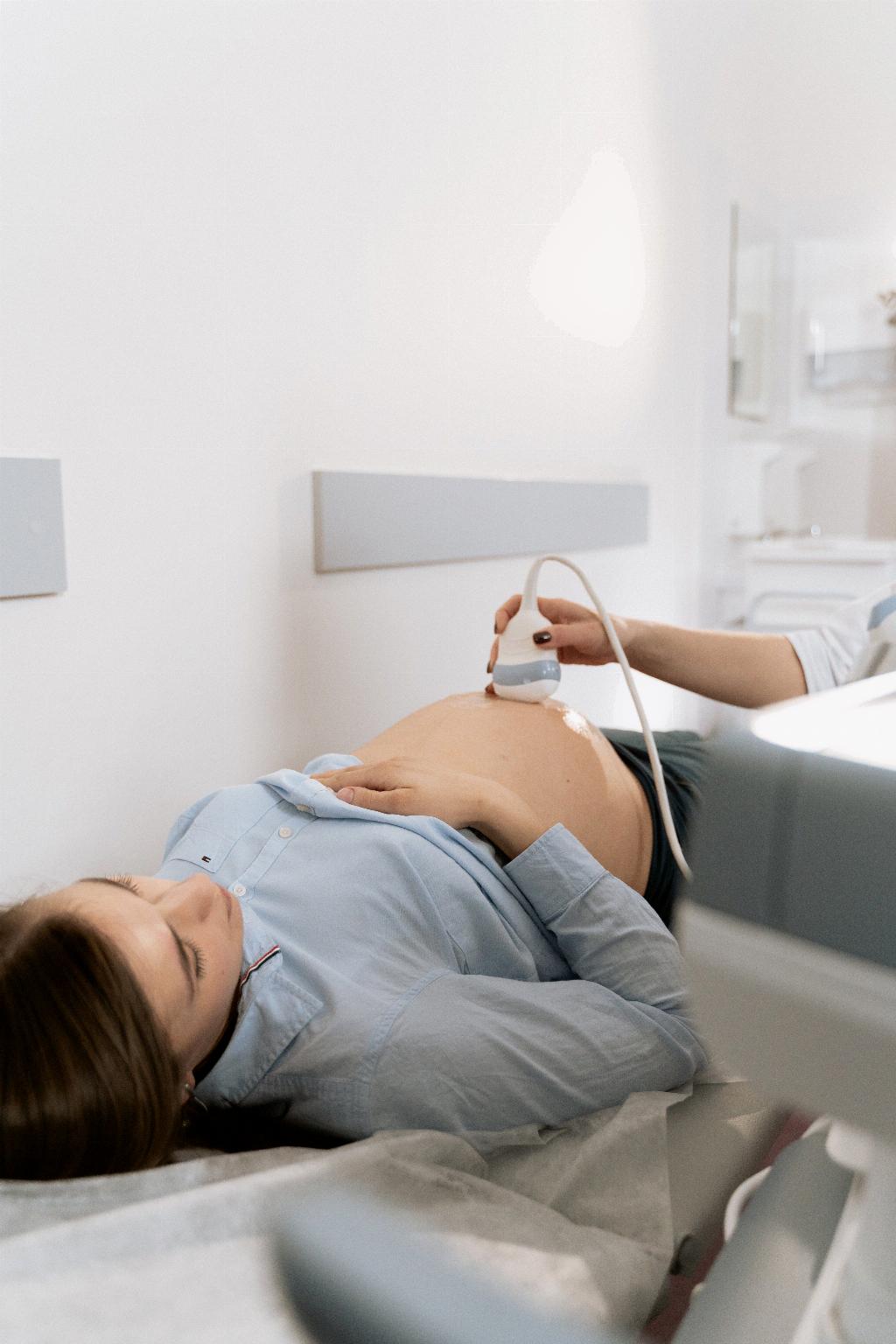When it comes to childbirth, one of the key factors that expecting parents often consider is the cesarean section (C-section) rate at the hospital where they plan to deliver. UCI Medical Center, located in Orange County, has garnered attention for its exceptional maternity care standards, making it a top choice for many families in the region.
With a strong commitment to providing high-quality care for expectant mothers and their babies, UCI Medical Center stands out as the only hospital in Orange County that fully meets national maternity quality care standards. This achievement speaks volumes about the hospital’s dedication to ensuring safe and successful births for all families who choose to deliver there.
One of the key metrics used to assess maternity care quality is the cesarean section rate, particularly for low-risk pregnancies. At UCI Medical Center, the C-section rate for low-risk pregnancies is impressively low at 22%. This rate places UCI Medical Center among the hospitals with the lowest C-section rates in the region, highlighting its commitment to promoting natural childbirth whenever possible.
Having a low C-section rate is a significant achievement for any hospital, as it indicates a focus on supporting expectant mothers in having vaginal births whenever medically appropriate. By keeping C-section rates low, hospitals like UCI Medical Center are able to minimize the risks associated with surgical deliveries and promote optimal outcomes for both mothers and babies.
It is important to note that while C-sections can be lifesaving in certain situations, such as emergencies or complications during labor, they also come with risks and longer recovery times compared to vaginal births. By maintaining a low C-section rate for low-risk pregnancies, UCI Medical Center demonstrates a commitment to evidence-based practices that prioritize the health and well-being of both mothers and babies.
Additionally, a low C-section rate can also contribute to reducing healthcare costs associated with childbirth. Vaginal deliveries typically have lower healthcare costs and shorter hospital stays compared to C-sections, making them a more cost-effective option for both families and the healthcare system as a whole.
For expectant parents considering where to deliver their baby, the C-section rate at a hospital can be a key factor in their decision-making process. With UCI Medical Center boasting a C-section rate of 22% for low-risk pregnancies, families can feel reassured that the hospital places a strong emphasis on promoting natural childbirth and only resorting to surgical deliveries when medically necessary.
Ultimately, the low C-section rate at UCI Medical Center reflects the hospital’s dedication to providing safe, evidence-based maternity care that prioritizes the health and well-being of expectant mothers and their babies. By choosing a hospital with a low C-section rate like UCI Medical Center, families can feel confident in receiving high-quality care that aligns with their preferences for a vaginal birth experience.
In conclusion, the C-section rate at UCI Medical Center is an integral aspect of the hospital’s exceptional maternity care standards, showcasing its commitment to promoting natural childbirth and prioritizing the health and well-being of expectant mothers and their babies. With a C-section rate of 22% for low-risk pregnancies, UCI Medical Center continues to set a high bar for maternity care excellence in Orange County and beyond.

